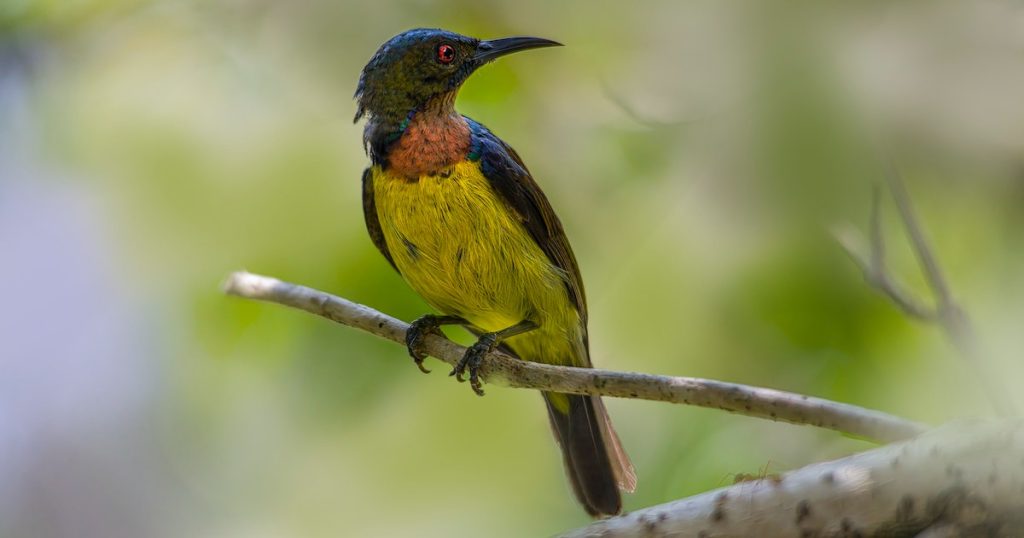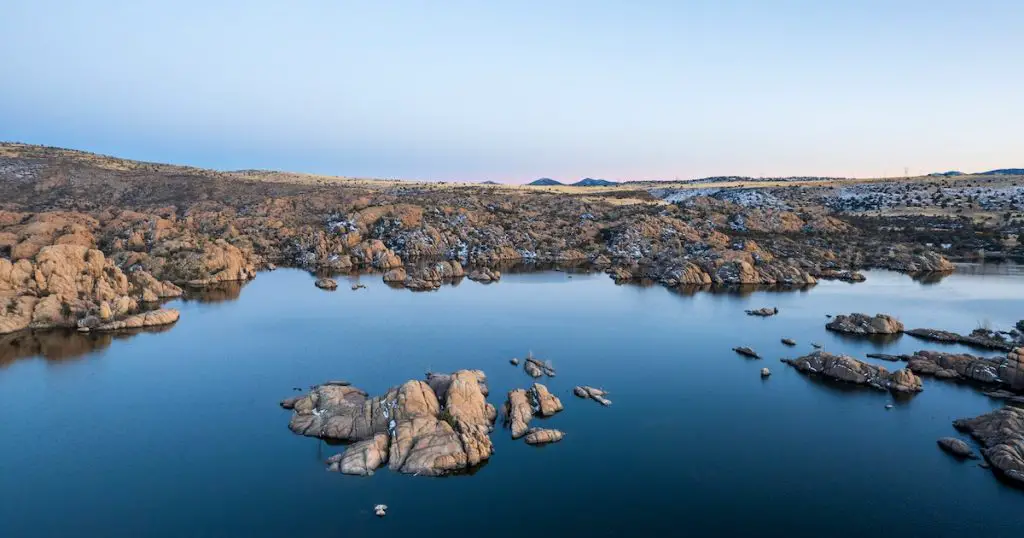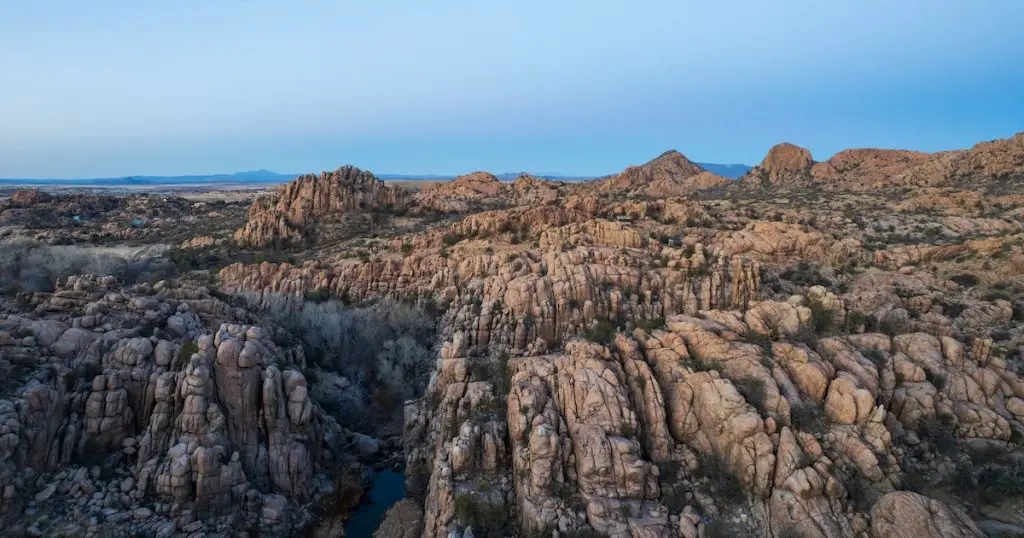Prescott, Arizona is a gem nestled amidst diverse landscapes, offering residents a rich tapestry of nature’s wonders. From the whispering pine forests to the rugged granite formations, the city has become a haven for various wildlife species.

As our neighborhoods and wild territories begin to blur, adapting to wildlife neighbors in Prescott, Arizona is no longer a choice but a need. This article offers insights and actionable steps for coexisting with the fascinating creatures that share our environment.
Understanding Prescott’s Wildlife Landscape
Prescott’s unique positioning between different ecosystems makes it a hotspot for biodiversity. While this contributes to the city’s charm, it also requires a deep understanding of the wild inhabitants we might encounter.
Prescott’s ecosystems encompass a mix of chaparral shrubs, pine forests, and grasslands. Each of these habitats houses specific species that have adapted to its conditions. For instance, the chaparral is home to coyotes and javelinas, while the pine forests shelter animals like black bears.
Prescott’s vast biodiversity includes animals that are active during different times of the day and seasons. Recognizing their habits and habitats can prevent potential conflicts and ensure safety for both humans and wildlife.
Furry Neighbors and Their Habits
The mammals in Prescott range from the small and elusive to the larger and more noticeable. Understanding them can lead to a harmonious coexistence.
Javelinas, often mistaken for wild pigs, are actually members of the peccary family. They are known for their foraging habits, often rummaging through garbage cans or gardens. To coexist, ensure trash is securely stored and avoid feeding them, as this can lead to aggressive behavior.
Coyotes, the wanderers of the desert, have a reputation that’s largely misunderstood. They play a crucial role in controlling rodent populations. While they’re generally fearful of humans, it’s essential to keep small pets indoors during dawn and dusk when coyotes are most active. Coyote behavior and safety is a topic every resident should be familiar with.
Black bears might seem intimidating, but they’re typically shy creatures. Encounters are rare, but to ensure boundaries, it’s advised to keep trash secured and avoid leaving food outdoors. More about bear behavior can be found on Arizona’s Game and Fish Department website.
Bobcats and mountain lions are two of Prescott’s feline residents. While sightings are rare, it’s important to give them space if encountered and to ensure pets and livestock are securely housed during the night.
Birds of Prescott

Prescott’s skies are graced with a myriad of bird species, each contributing to the ecosystem’s balance in its own unique way.
Raptors, like hawks and eagles, are vital for controlling rodent populations. Their majestic flight can be a sight to behold, but it’s also essential to understand their nesting habits to prevent potential disturbances.
Hummingbirds, with their dazzling colors, are frequent visitors to gardens. Planting native flowering species can attract these tiny marvels. However, if you’re setting up feeders, ensure they’re cleaned regularly to prevent the spread of disease.
Night owls, such as barn owls and great horned owls, help control pest populations. Being nocturnal, they’re less frequently seen but often heard. Installing owl boxes can help these magnificent birds find a home.
Seasonal migratory species visit Prescott during specific times of the year. By understanding their patterns through platforms like Audubon’s bird guide, residents can provide the right environment and food sources for these temporary guests.
Sunning and Slithering Residents
Prescott’s reptilian residents often get a bad rap, but understanding them can demystify many misconceptions.
Rattlesnakes, though feared by many, play a vital role in the ecosystem. While it’s essential to be cautious, most snakes prefer to avoid human interaction. Arizona’s rattlesnake facts can shed more light on their behavior and safety measures.
Lizards, with their quirky behaviors, can be delightful backyard guests. They help control insect populations and often bask in the sun during warmer months.
Amphibians, like frogs and salamanders, indicate a healthy ecosystem. They’re sensitive to changes in water quality, making them vital indicators of environmental health.
Insects: Small Creatures, Big Roles
Often overlooked, insects play monumental roles in maintaining ecological balance in Prescott.
Pollinators like bees, butterflies, and moths ensure that plants reproduce. Without them, many of the foods we eat and plants we enjoy would be scarce.

Native bees, unlike their European honeybee counterparts, are solitary creatures. They’re essential for pollinating specific plant species. Building a bee-friendly garden can support their populations.
Beneficial bugs, such as ladybugs and praying mantises, are natural predators of pests. By avoiding pesticides and fostering a diverse garden, you can attract these helpful critters.
Best Practices for Safe and Respectful Coexistence
Living in Prescott means respecting the wildlife and ensuring their habitats remain undisturbed.
Securing food sources is crucial. This includes:
- Keeping trash bins sealed
- Storing pet food indoors
- Cleaning up after outdoor meals
Landscaping for wildlife can be both fulfilling and ecologically responsible. Using native plants not only supports local wildlife but also conserves water. Moreover, natural shelters, like rocks and logs, can provide homes for various species.
Safe pet practices involve understanding the risks and ensuring pets don’t become prey or threaten local wildlife. This includes using leashes and having designated outdoor times.
When encountering wildlife, it’s paramount to keep a safe distance. Taking the time to educate oneself about local species can lead to enriching experiences and minimize potential conflicts.
Benefits of a Wildlife-Friendly Community
Welcoming wildlife into our communities has far-reaching benefits.
An ecological balance ensures that every species plays its part. From controlling pests to pollinating plants, each creature contributes to a harmonious environment.
Boosting local tourism and the economy is an often-overlooked advantage. Nature enthusiasts flock to regions where biodiversity thrives, bringing along economic opportunities.
Lastly, personal connections with nature enrich our lives. Observing a hummingbird flit by or listening to an owl’s call can be therapeutic and grounding.
Community Initiatives and Resources
Educational programs and community outreach are fundamental in bridging the knowledge gap. Workshops, nature walks, and school programs introduce residents to local wildlife, fostering respect and understanding. Organizations such as Prescott’s Natural History Institute offer lectures, exhibits, and other informative events.

Getting involved isn’t just beneficial for the wildlife but also for residents. Volunteering for cleanup drives, participating in bird counts, or simply advocating for wildlife-friendly policies can make a tangible difference. Local wildlife organizations often have volunteer programs, ensuring there’s something for everyone, regardless of their skills or experience.
FAQs:
In this section, we will be delving into some of the most common inquiries and curiosities that surround our topic.
Why is there an increase in wildlife encounters in Prescott?
Urban expansion and habitat changes lead to increased encounters. As Prescott grows, natural habitats get fragmented, causing wildlife to venture into human territories in search of food or shelter.
What should I do if I find an injured wild animal?
It’s best to contact local wildlife rehabilitation centers or the Arizona Game & Fish Department. They’re equipped to handle such situations and can provide guidance.
Yes, Prescott has specific ordinances related to wildlife protection and interaction. It’s advisable to familiarize oneself with these laws via the city’s official website or local wildlife agencies.
How can I make my garden more wildlife-friendly without attracting pests?
Plant native species, provide water sources, and create natural shelters. Using natural pest control methods, like introducing beneficial insects, can keep pests at bay.
What are the most common misconceptions about local wildlife?
Common misconceptions include viewing all snakes as dangerous, believing coyotes are a significant threat to humans, and thinking all insects are pests. Education and understanding can dispel these myths.
Conclusion
Prescott, with its vibrant wildlife, is a testament to nature’s wonders. As residents of this beautiful city, it’s our privilege and responsibility to coexist harmoniously with our wildlife neighbors. By understanding, respecting, and appreciating the myriad of creatures that share our space, we not only ensure their survival but also enrich our lives immeasurably.
As the saying goes, “We do not inherit the earth from our ancestors; we borrow it from our children.” Let’s make sure we return it with all its wonders intact.



Leave a Comment
You must be logged in to post a comment.